- Best Quality Beds & Mattresess At Affordable Price!
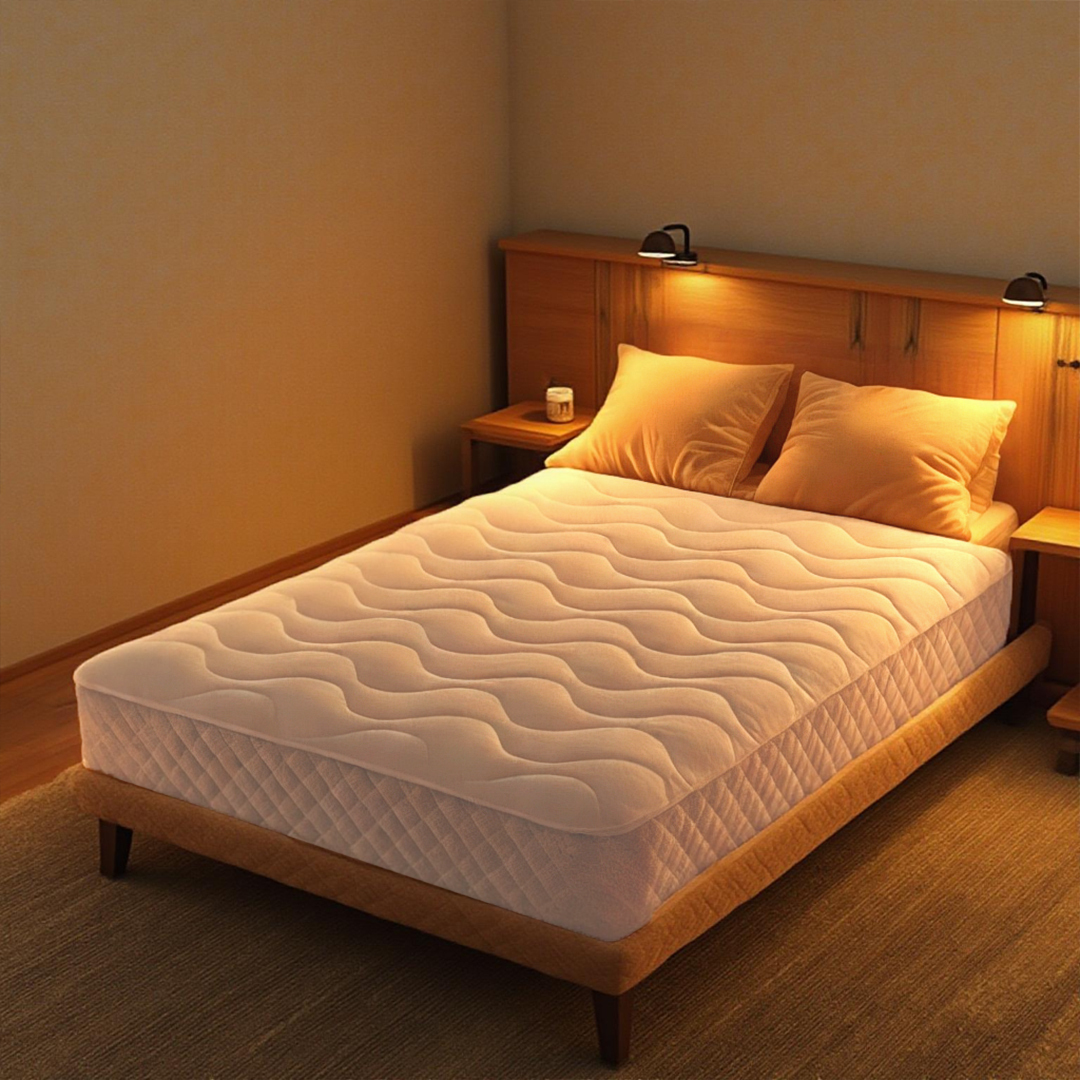

We all need around 7-9 hours of sleep at night to prepare our bodies for the upcoming day and tackle life’s challenges with a calm mind. Without adequate sleep, your productivity may decline, and it can even affect your decision-making abilities. To ensure you get the rest your body requires, several things are necessary, with the mattress being the most important. However, due to the vast variety of mattresses and foams available on the market, individuals often find it difficult to make a decision.
In this blog post, we’ll thoroughly explore foam and spring mattress options to help you make an informed decision based on what suits your body.
A foam mattress is composed of several layers of polyurethane material, providing excellent cushioning and a delightful softness. The firmness of a foam mattress can differ to suit individual preferences perfectly. Plus, it’s available in various sizes to fit different bed structures. Here are some of the materials commonly used in foam mattresses.
Most foam mattresses are made from polyurethane, which is a great option because it offers more elasticity and returns to its original shape more quickly than memory foam. Here are some of its unique characteristics:
Type of Polyfoam | Firmness | Common Use |
Regular Polyfoam | Relatively soft | Transition layers |
High-Density Polyfoam | Firmer | Underlying support layers |
High-Resiliency Polyfoam | Firmer & more supportive | A less common choice due to the higher cost |
Secondly, we have the memory foam, which is the top choice for those who prefer soft foam. This is also made from Polyurethane material, but with some additional layers that enhance its density and thickness. Additionally, you have three options in memory foam to consider, making your bed a haven with it.
Memory Foam Type | Feel | Features |
Standard | Soft, supportive | Classic, budget-friendly |
Open-Cell | Plush | Breathable, cooler sleep |
Gel-Infused | Soft-cool | Gel + airflow for heat control |
As you know, latex provides more elasticity and lasts for decades. This unique foam maintains its significance over other options, offering 33% more stress relief than memory foam. Below are some of its types, along with the features they provide:
Latex Type | Feel | Highlights |
Dunlop | Sturdy, firm | Heavier build, made with a old-style production method |
Talalay | Soft, lively | Lighter, more cushioned; crafted with a sophisticated process |
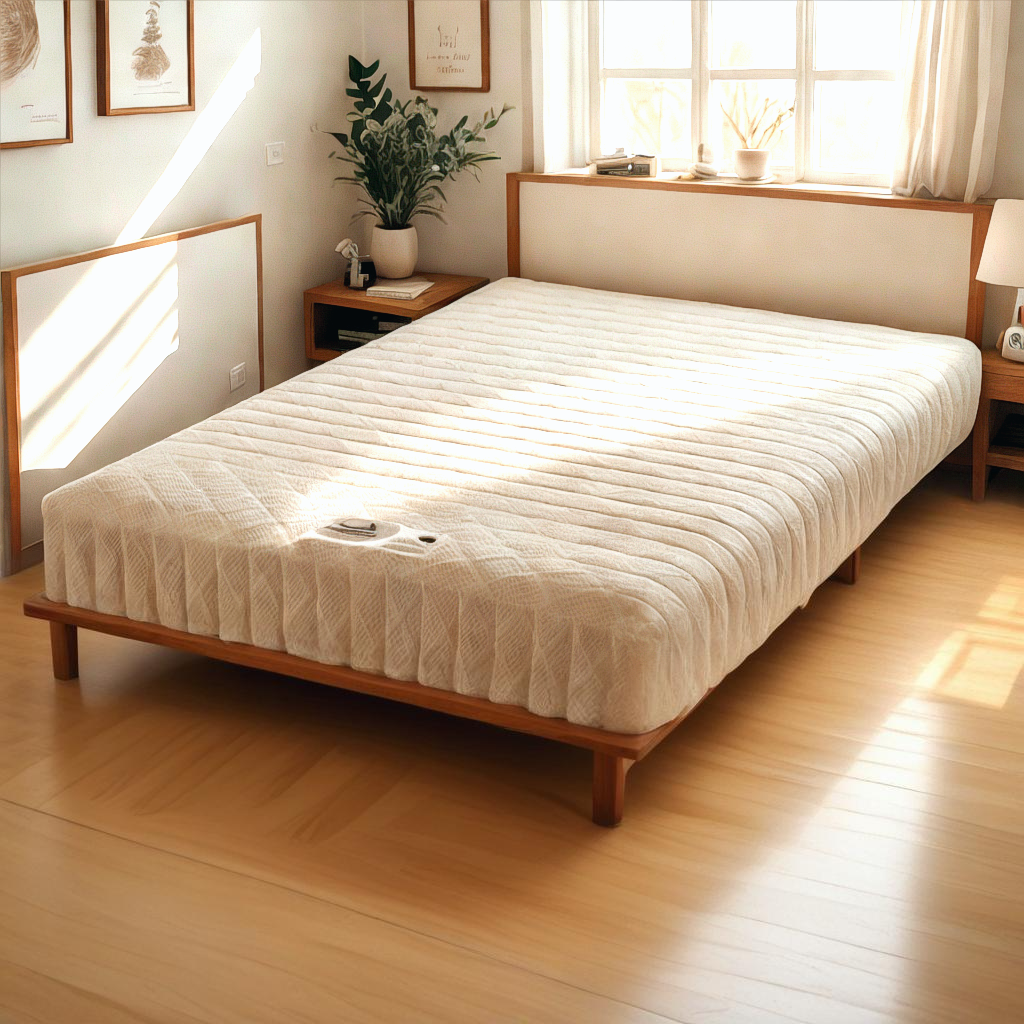

As its name suggests, the spring mattress consists of hundreds of metal springs that are integrated and connected with each other to form a durable structure. It offers a firmer experience, which is why it’s an ideal choice for individuals who are bulky and heavy.
Would you like to know how many spring coils each mattress has? Here are some of the estimations based on the size of the mattress:
The Bonnell coils are one of the initial coil designs installed in spring mattresses and remain popular to this day. This consists of an hourglass shape that is adjusted to get the required firmness and softness.
Each metal coil is packed in the fabric sleeve, which produces minimal noise during compression and expansion of the foam as you lie down or move your sides. It’s a must-have ingredient for a premium spring mattress, offering consistent support and ideal comfort levels without being too hard.
Thirdly, we have the offset coils, which are similar to pocket coils in their features, but they also have hinged wires. Therefore, when minimal pressure is applied, it enables the coils to adjust easily while maintaining a balance of softness when high support is required.
The construction of a continuous coil is in itself unique as it’s made from a single wire that creates the whole patch of coils. Every coil is connected with the help of the helical wires in a spiral shape.
Your mattress plays a significant role in your sleeping position, as it affects your overall sleep cycle and the quality of your sleep. So, let’s explore the best type of mattress that you can choose accordingly to your sleeping position.
Are you a side sleeper who loves to put all their body weight on one side? Then you may want to consider getting soft cushioning that doesn’t cause discomfort when you lie down. In this situation, the foam mattress will perfectly meet your needs and provide a comfortable place to sleep.
If you’re a back sleeper and want the contouring and balance, you need a mattress that provides gentle softness along with adequate back support. For this requirement, you have the option to consider either a firmer foam or a spring mattress that aligns with your sleep goals.
Since your body sinks more in a stomach sleeping position, you need to balance not getting trapped in the bed while keeping your body free from unnecessary strain. To address this, consider using a spring mattress, as it will provide excellent support for your stomach, keeping your spine aligned during sleep.
Not a side sleeper, nor back? No worries if you move around your bed throughout the night and have to find the perfect position before you feel comfortable. Then, you can consider a medium-firm foam or the spring foam option with pocket coils. This will offer you a blend of perks to cater for most of your sleeping positions.
Are you still unsure about what to consider and what to skip? The choice is entirely yours, but the most important thing to consider is the comfort level you can afford within your budget. If you have no aim other than getting a mattress that offers peak softness, foam mattresses are a no-brainer.
In contrast, if you want firm support that provides more rigidity, flexibility, and bounce, opt for a spring mattress, as they are specifically designed for this purpose. You can also consult with an orthopaedic specialist or a chiropractor to receive a tailored recommendation that meets your body’s specific needs.
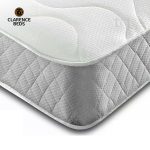
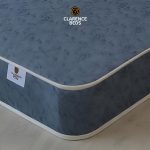
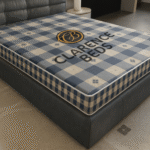
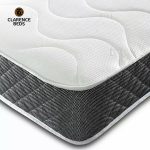


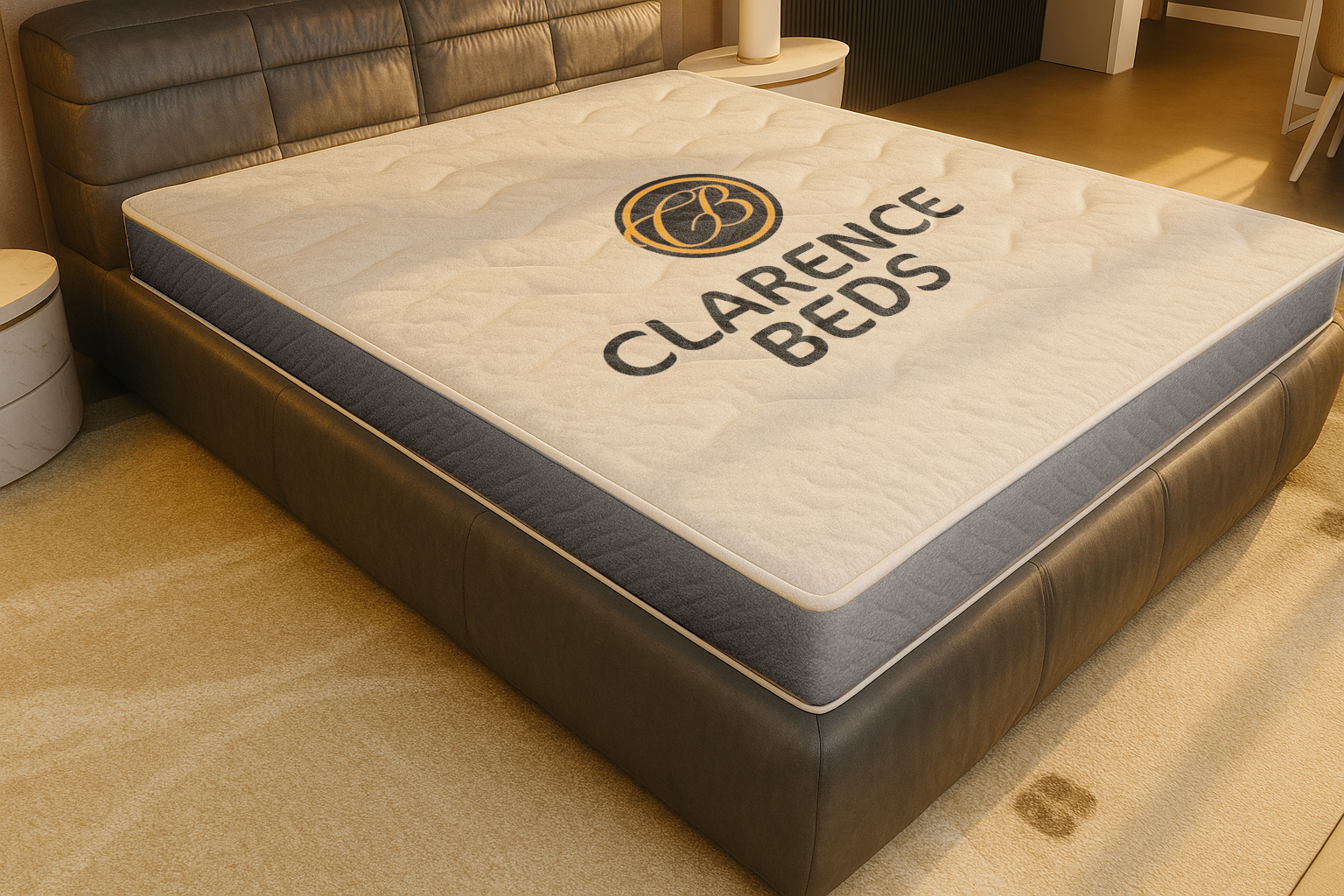
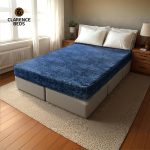


| Feet & inches | Common reference | Measurement in Centimetres | |
| Width (cm) | Length (cm) | ||
| 2FT6 | Short Single | 75 | 175 |
| 2FT6 | Small Single | 75 | 190 |
| 3FT | Single | 90 | 190 |
| 4FT | Small Double | 120 | 190 |
| 4FT6 | Double | 135 | 190 |
| 5FT | King | 150 | 200 |
| 6FT | Super King | 180 | 200 |
| Please note: measurements are close approximations only | |||